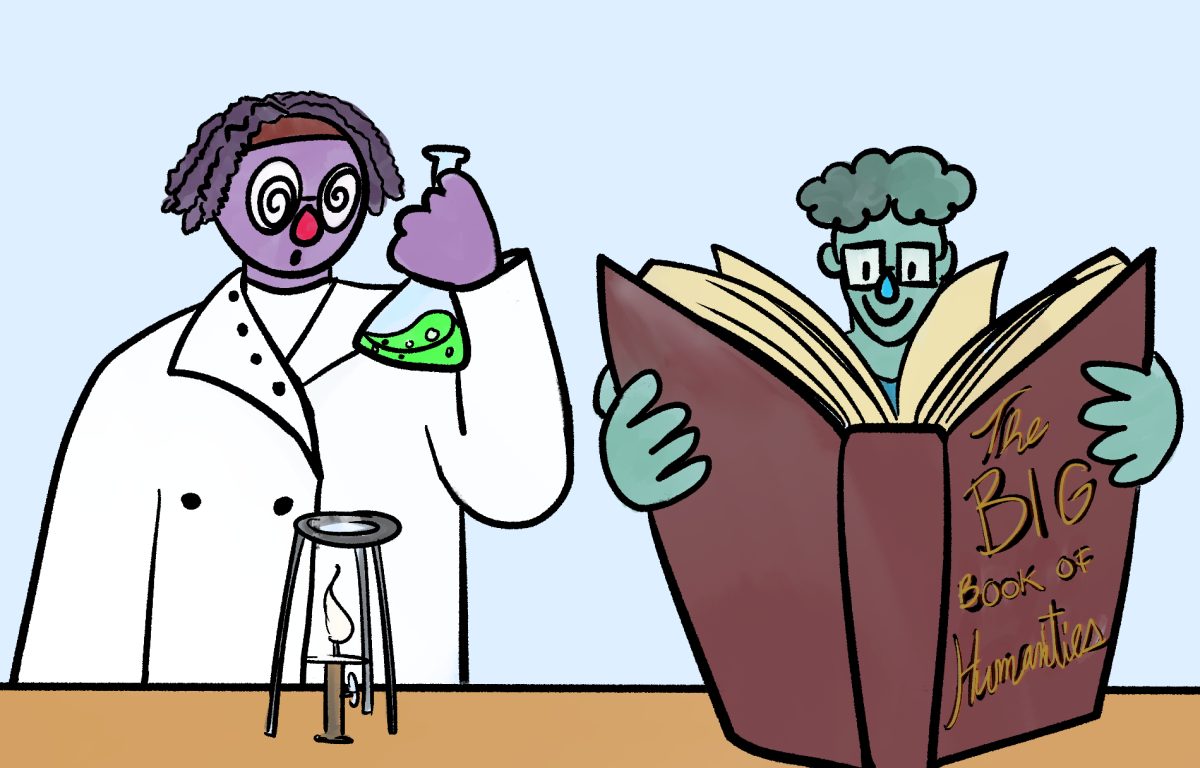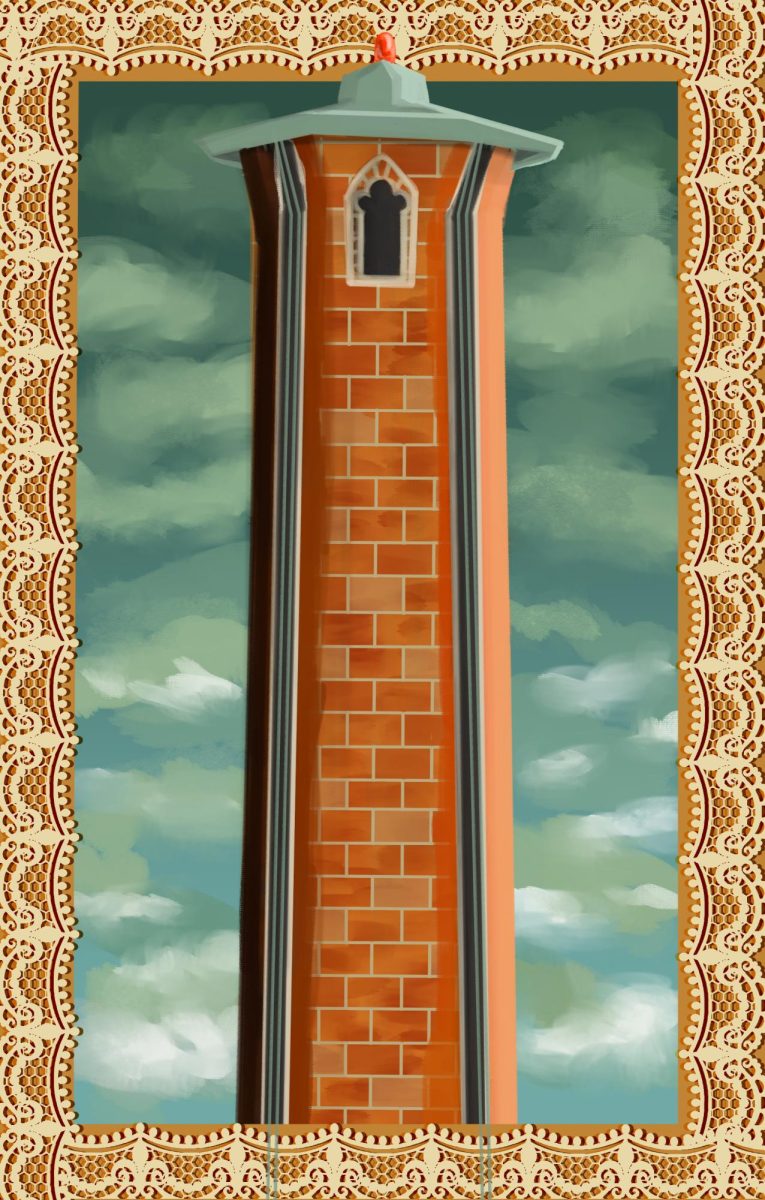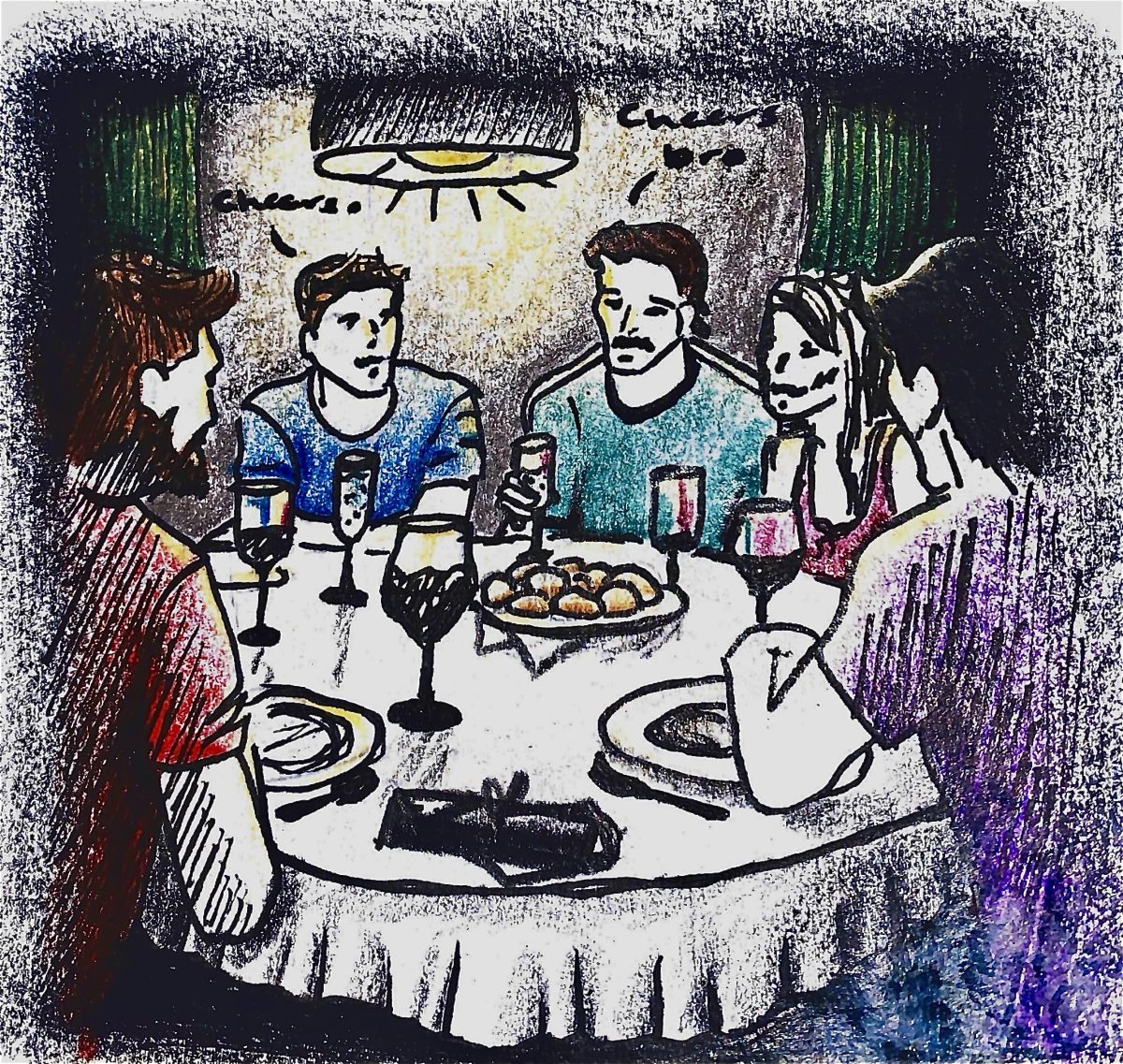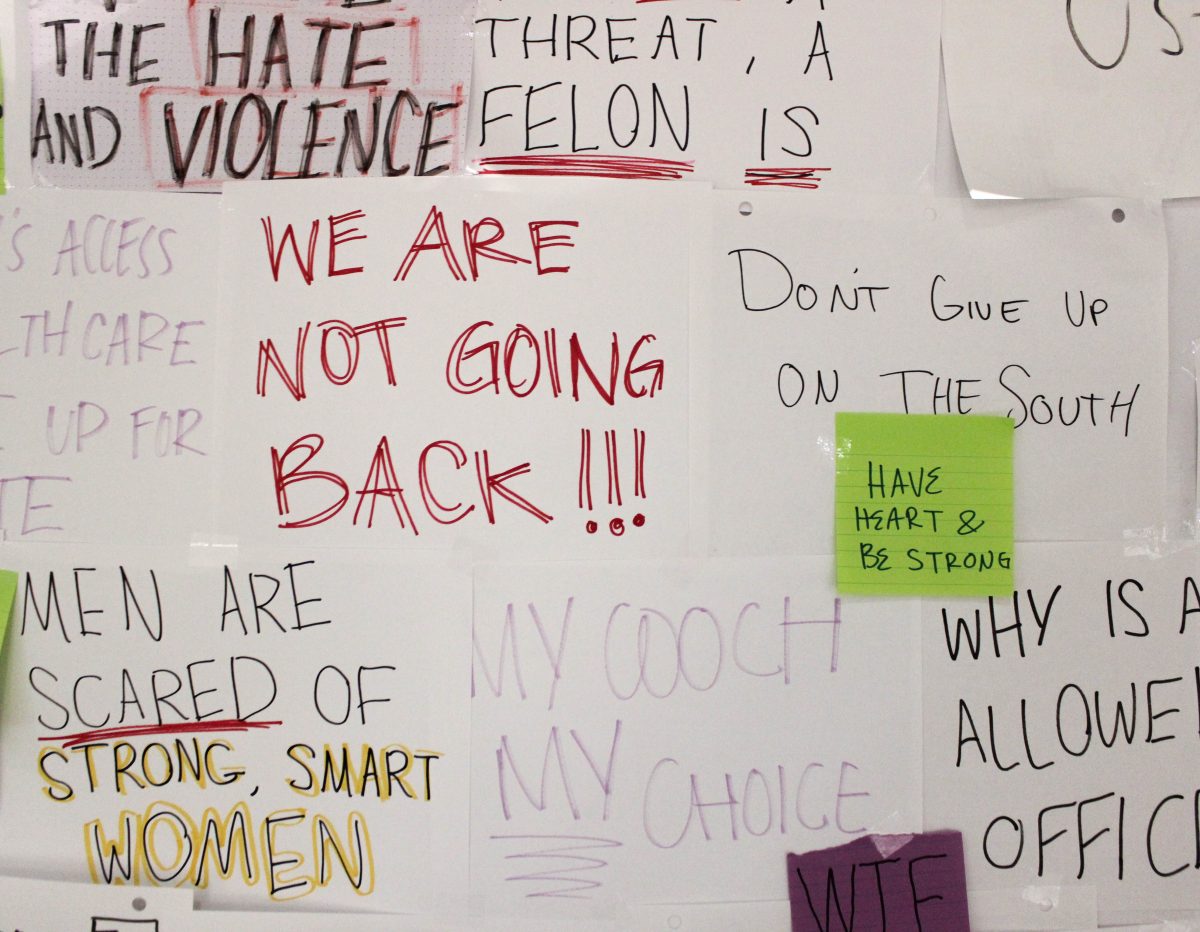The Trinity University Press publishes a wide range of books for the world. These books are selected for their themes focused on Texas and the Southwest, such as its nature and variety of landscapes, cultural traditions, literature, architecture and artwork.
“I measure the success of a press like ours by how often the books get reviewed, the prizes that the authors might collect and how well the world receives them. These are key ingredients that are used to measure the fact that takes the name of Trinity University to places that might otherwise have never heard of us,” said Michael Fischer, vice president for academic affairs and dean of the faculty.
Fischer is also the chair of the editorial board that oversees the proposals by Trinity University Press. The editorial board takes this screening process very seriously, and only about 10-12 books get published on average the entire year.
Fischer said that the manuscripts are collected from all over the world and are thoroughly screened.
“TU Press publishes books on major areas that range from themes of Texas to themes about nature and landscape,” said Barbara Ras, director of Trinity University Press.
Ras has been working with Trinity University Press for 12 years. She advertises books that have been published from Trinity alumni, but the vast majority of the books have been from renowned authors from all over the country.
“Independent contractors from all over the country do the printing, and there is no consistent fee for book,” Ras said. “There is no set printer, and the printing is done based on the type of format the author and company want for the type of book that is to be published.”
According to Ras, most of the submissions to the press come through Ras’ network of writers. The writers pitch ideas to the staff, and they are given the green light if Ras and the staff like the idea.
“The process of how this works is, firstly, manuscripts come through submission. Unsolicited submissions are very rarely taken. The more common thing that happens is that through my network, writers approach me with ideas, and generally if it is a good idea I will give them the go ahead,” Ras said. “We read these manuscripts thoroughly in order to gain the proper amount of information to vote on the book. The staff decides collectively and presents the books that they want to publish with peer-reviewed reports to the editorial board.”
After the books are presented, the process then moves into the contract stage.
“Once it’s approved by the staff, we will do a book contract where the author can make revisions,” Ras said. “This leads to copy editing, which is done by freelance copy editors and double check with the editors.”
The book then moves into the final stages of production. It is sent to the typeset where the book is designed for the page. After it is typeset, the proof is checked with all parties, and then the final draft is manufactured into printer ready files. This process usually takes around two months, and the digital proof is once again checked for errors.
“While this is going on, the marketing distributors are combing the country for the best places to showcase Trinity’s books,” Ras said. “Our books are sold on Amazon, E-books (over thirty different platforms) and other mediums.”
Because this is the tenth anniversary of Trinity University Press, people who were previously unaware of the press are taking notice of it thanks to the events the press has scheduled to celebrate this milestone.
“I didn’t know that Trinity University had a press that publishes books. Now I’m going to be looking out for the publishing brands with the hope that I find Trinity as one of them,” said first year Bintee Karia.






